
User Testimonials: Surviving the Blue Screen of Death
A collection of first‑person vignettes across Windows history about encountering the Blue Screen of Death, paired with practical troubleshooting steps, emotional takeaways, and preventative tips.

A collection of first‑person vignettes across Windows history about encountering the Blue Screen of Death, paired with practical troubleshooting steps, emotional takeaways, and preventative tips.
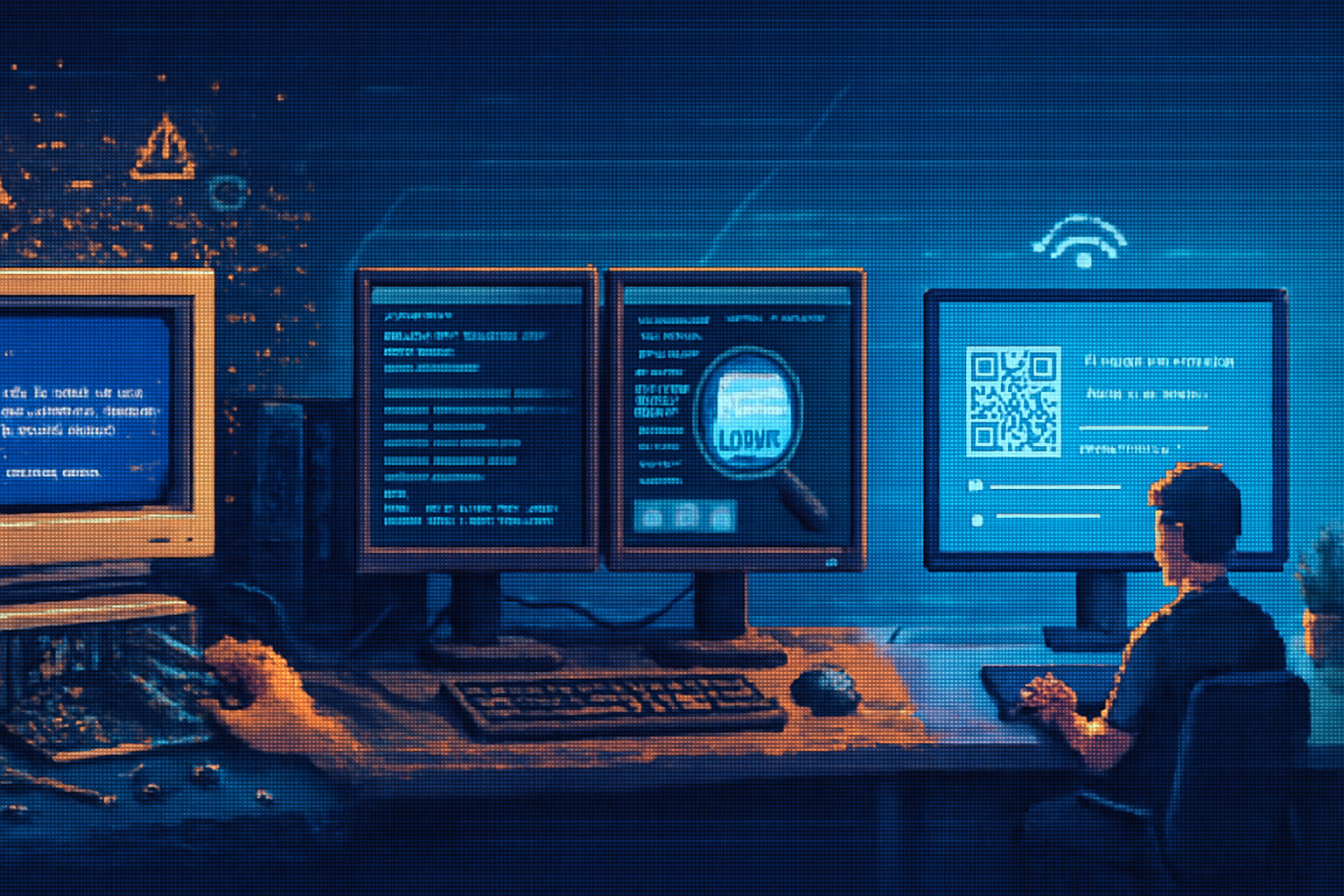
A historical tour of how troubleshooting the Blue Screen of Death evolved - from crude hardware checks and last-known-good settings to sophisticated dump analysis, telemetry-driven fixes, and user education strategies that turned panic into process.
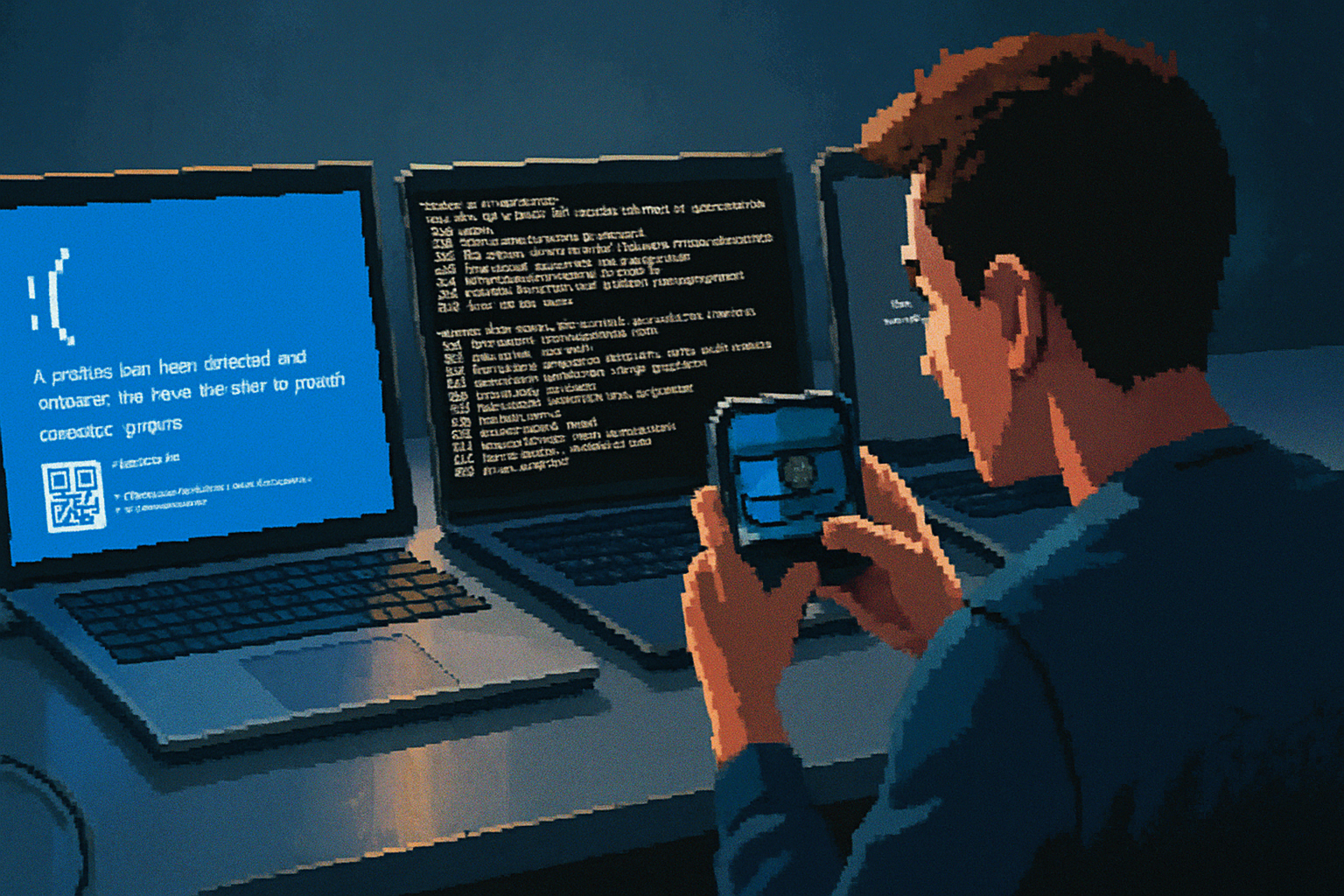
The Blue Screen of Death (BSOD) is Windows' most infamous error screen - but other operating systems have their own ways of telling you something has gone terribly wrong. This article compares Windows' BSOD with kernel panics and crash reporters on Linux and macOS, explaining technical causes, visual differences, debugging approaches, and the typical user experience across platforms.
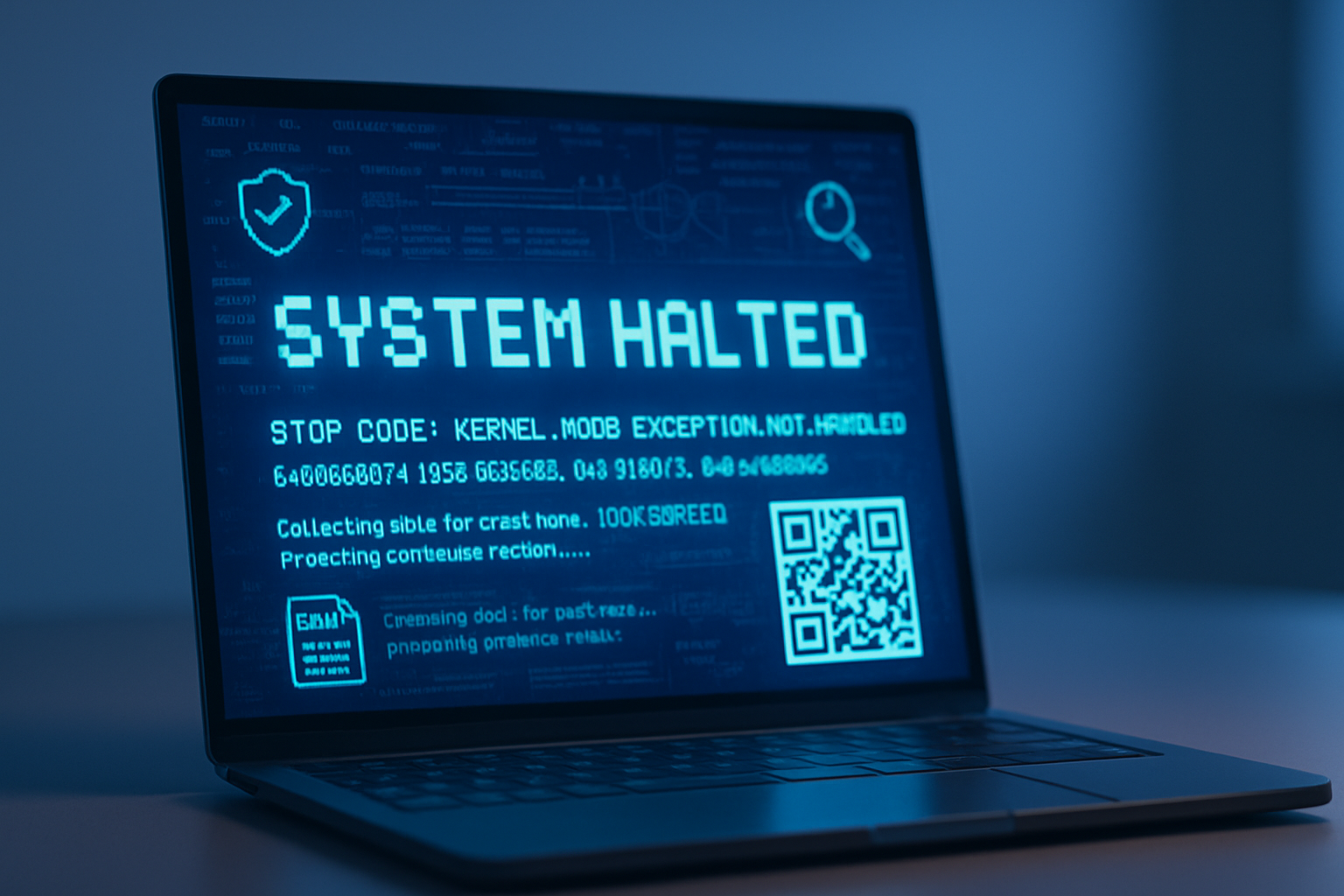
The Blue Screen of Death (BSOD) is more than an iconic failure screen - it's a deliberate, defensive diagnostic tool. This article explains how BSODs function, how they've evolved to help admins and defenders identify stability and security problems, and best practices for analysis and mitigation.
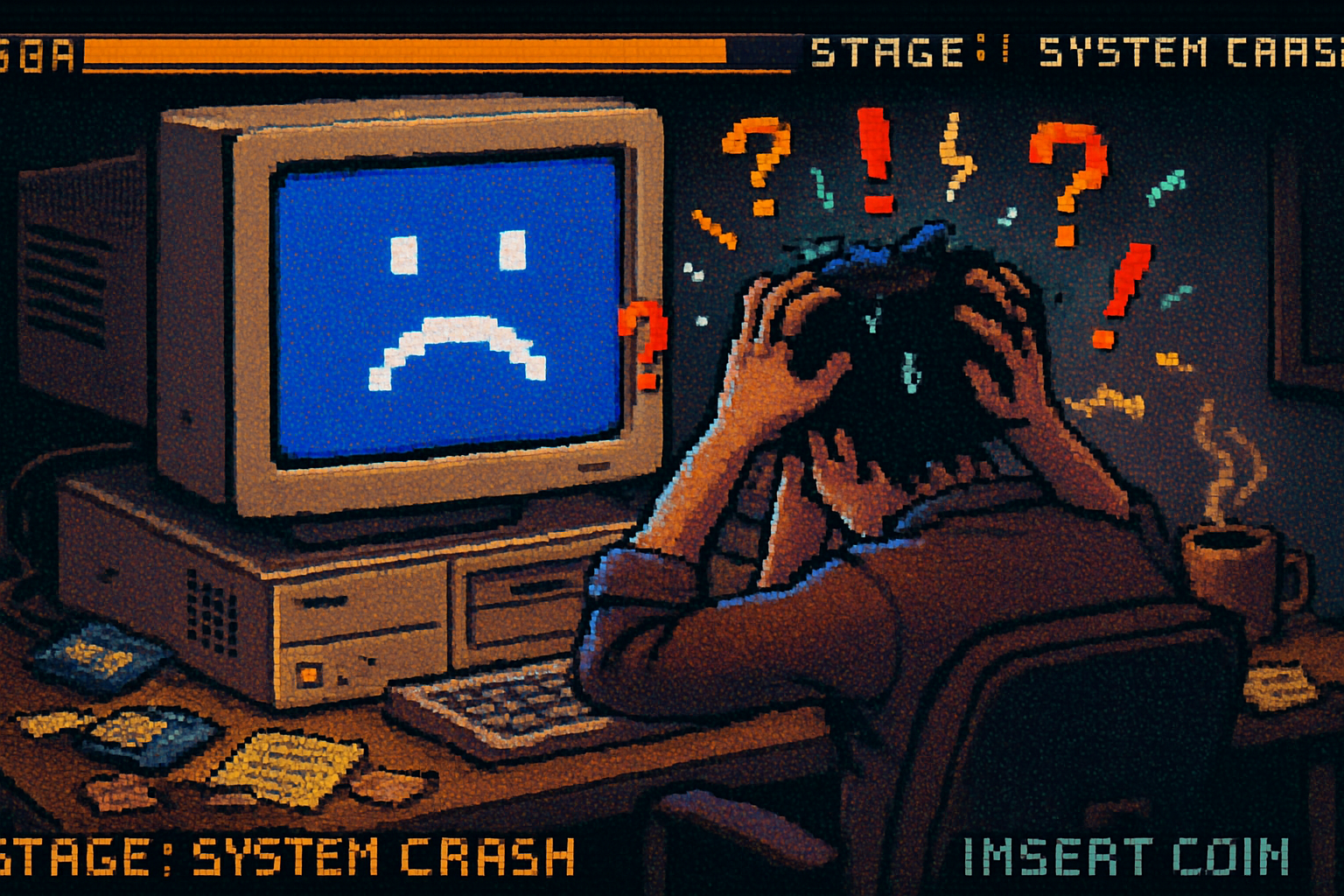
Explore the psychological impact of the Blue Screen of Death (BSOD) on users, examining their behavior, troubleshooting methods, and overall attitudes toward technology.
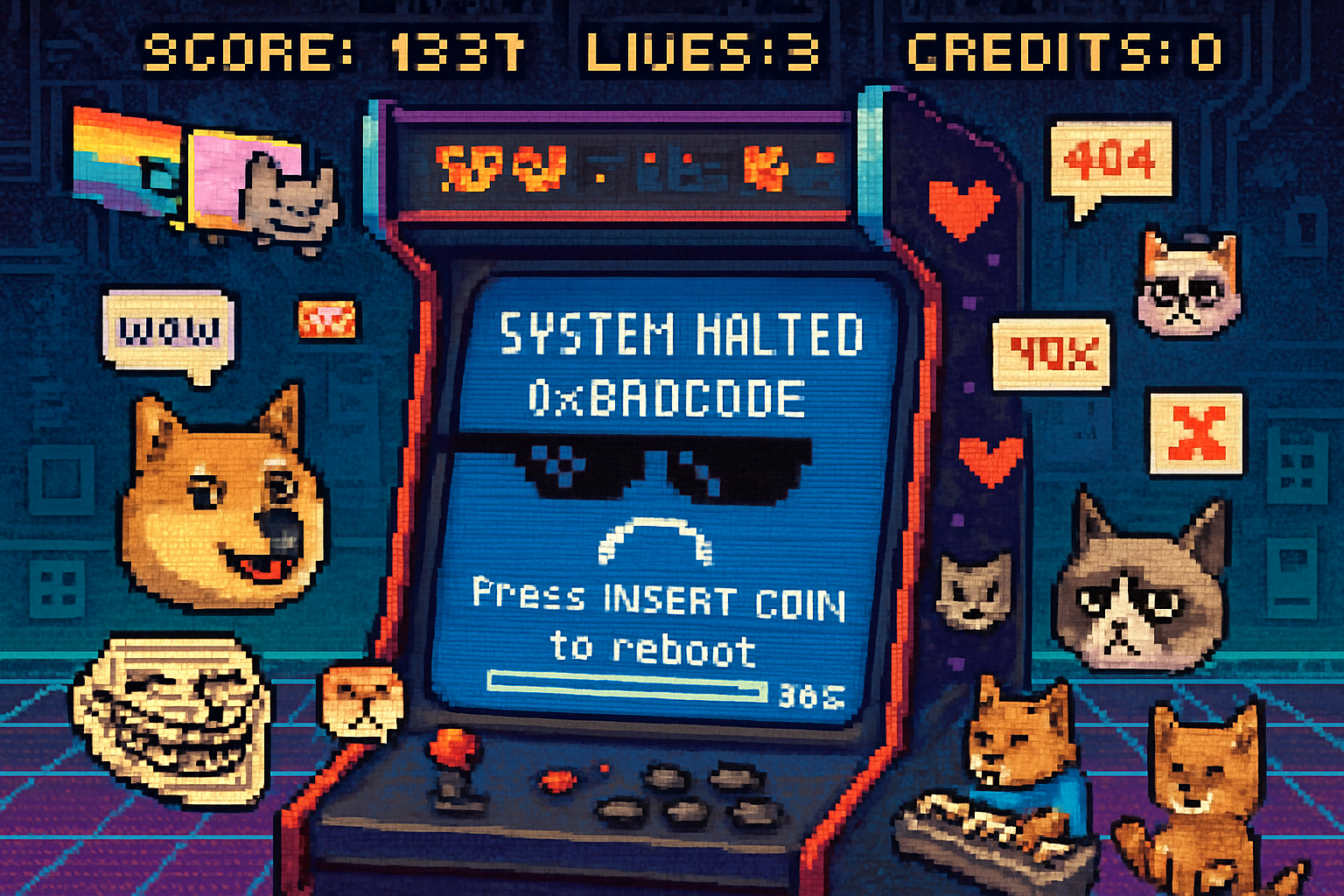
Explore the journey of the Blue Screen of Death (BSOD) as it evolves from a mere error message into a cultural phenomenon that has captivated users and sparked creativity in memes and jokes across different communities.
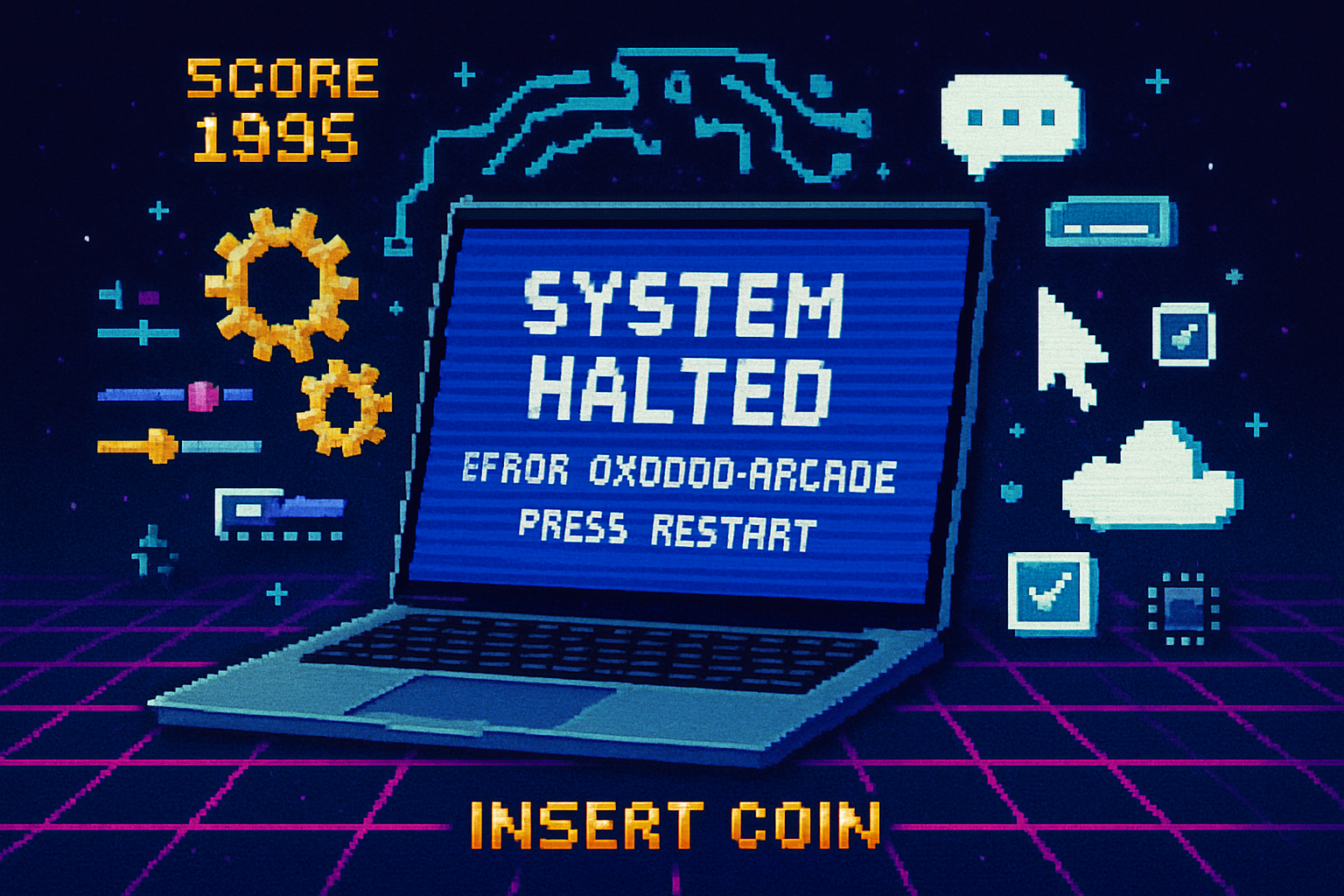
Explore the fascinating journey of the Blue Screen of Death (BSOD), from its inception to its modern iterations, and discover how operating system advancements shaped its development.
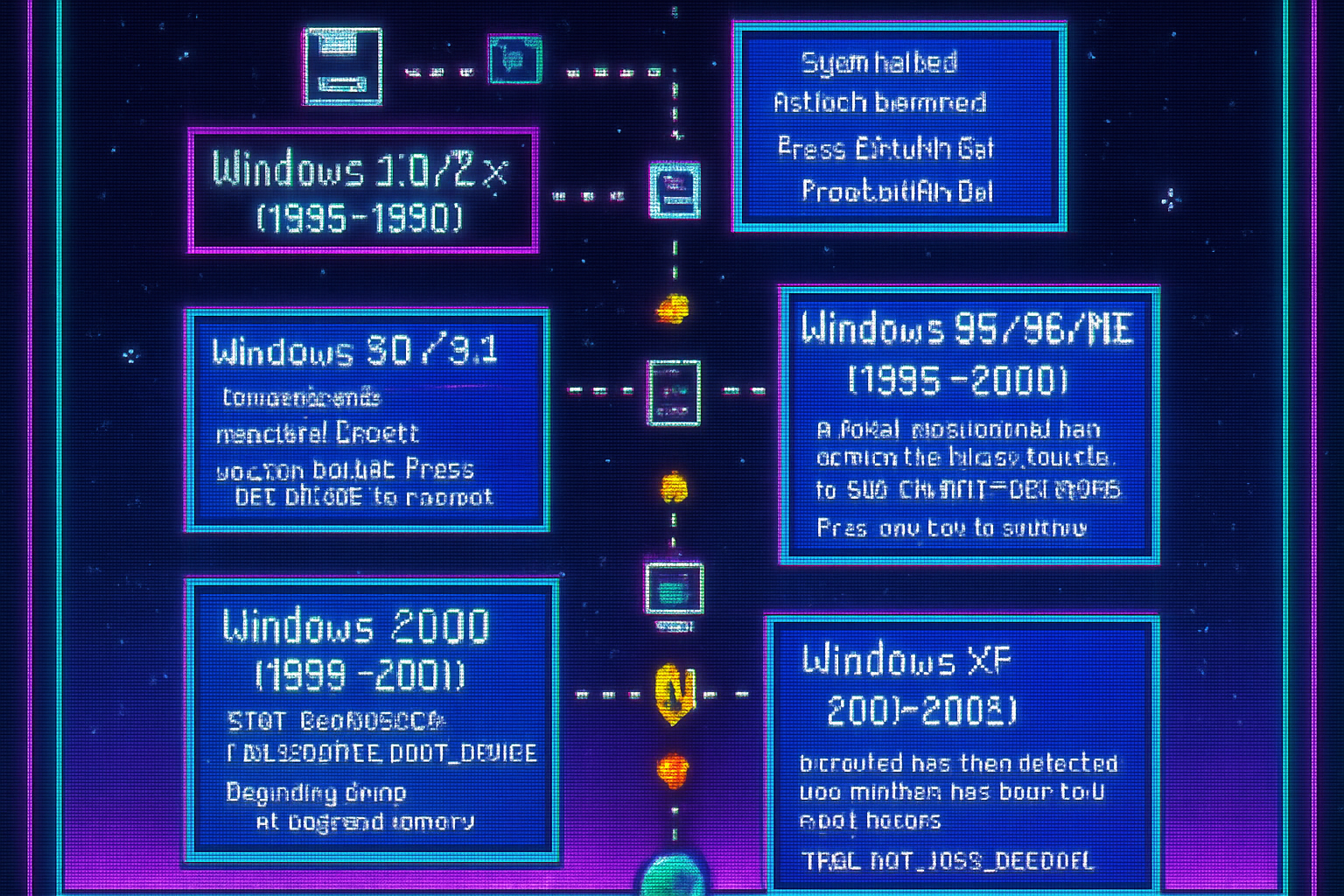
Uncover the fascinating history of the Blue Screen of Death (BSOD), from its beginnings in Windows 1.0 to its modern iterations, highlighting key design and functionality changes along the way.